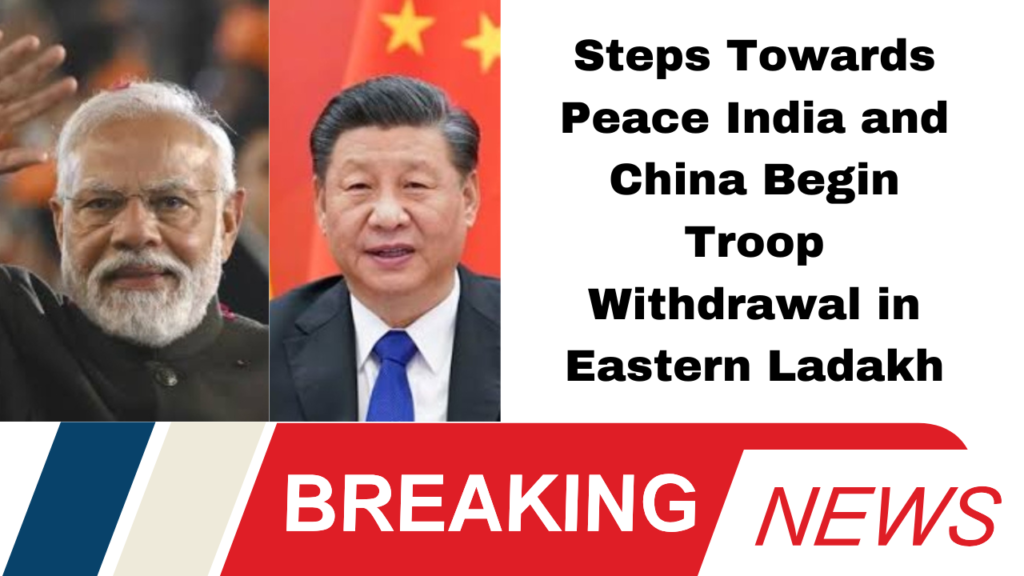In a notable development, India and China have initiated the withdrawal of troops from two points of confrontation in eastern Ladakh Demchok and Depsang Plains. This process comes as a result of a recently reached agreement aimed at easing tensions along the Line of Actual Control (LAC). Sources indicate that the withdrawal is expected to be completed by October 28-29.
Following the agreement, Indian forces have commenced withdrawing equipment from the conflict zones. Once the troop withdrawal is finalized, both nations will begin patrolling the areas, dismantling temporary structures established during the standoff. Military sources anticipate that patrolling levels may eventually return to what they were before April 2020.
Diplomatic and Military Discussions Pave the Way
The agreement was initially discussed at the diplomatic level, leading to subsequent military-level talks, where crucial aspects were refined during Corps Commander discussions. Foreign Secretary Vikram Misri confirmed that the deal was finalized after extensive discussions over the past few weeks.
Resolution of Long-standing Issues
The recent agreements signify a major breakthrough in addressing the stalemate that has persisted since a violent clash in Galwan Valley in June 2020, which marked the most severe military confrontation between the two countries in decades. Misri emphasized the importance of restoring peace in the border regions, stating that it would facilitate the normalization of bilateral relations.
International Support and Future Implications
During bilateral talks on the sidelines of the BRICS summit in Kazan, Russia, on October 23, Misri reiterated support for the troop withdrawal agreement. He underscored India’s commitment to resolving disputes in eastern Ladakh, indicating that this progress could lead to improved relations between the two nations.As the withdrawal process unfolds, both countries appear to be taking critical steps towards reducing tensions and fostering stability in the region.
